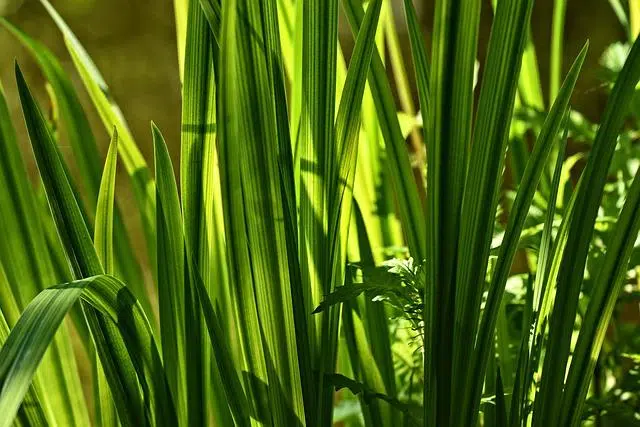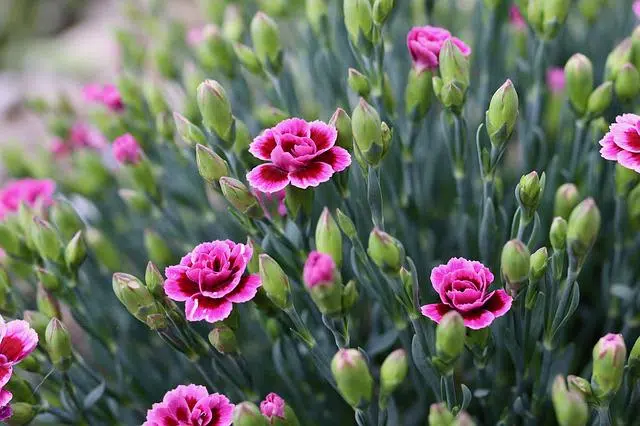
A herbaceous plant has the characteristics or properties of grass.
The first important step to take before fully entering into the meaning of the term herbaceous is to know its etymological origin. In this case, we can state that it derives from Latin, exactly from the word “herbaceus” which, in turn, comes from “herba”, which is synonymous with “herb”.
It is an adjective that refers to that which has the characteristics, properties or conditions of grass . Grass , on the other hand, is a small plant that has a tender stem and usually perishes no more than two years after generating the seed . This means that herbaceous refers to plants that do not produce hard or woody organs.
herbaceous plants
Herbaceous plants , in short, are characterized by lacking a woody stem . Its main structure, on the other hand, is flexible and tender.
For example: “Herbaceous vegetation covers a large percentage of the land in this region,” “This herbaceous plant is part of the diet of the local inhabitants, who value its nutritional qualities,” “I don't know to which family this herbaceous species belongs.” ” .

The carnation is considered a herbaceous plant.
Classification according to type
Annual herbaceous plants or seasonal plants are known as those whose germination and flowering occur in the same year of death. They usually develop in the spring or summer and perish in the winter. Sunflower and corn are herbaceous plants of this type.
However, it should not be overlooked that calendula, poppy and even petunia are also herbaceous plants of this type.
Biennial herbaceous plants , on the other hand, grow and germinate in the first year and in the second year they produce flowers and fruits. We can also recognize perennial herbaceous plants (they can be reborn every year since their roots survive the winter) and perennial herbaceous plants (just like perennials, although their leaves remain always green).
Wallflower, flax, evening primrose, sea poppy or lunaria annua are, for example, biennial herbaceous plants.
Among the most significant cases of perennial herbaceous plants we can highlight sea lavender, peony, lupine, astilbe, loosestrife or delphinium. Examples of perennial herbaceous plants are ribbon, geranium, gaura, carnation or sansevieria.
Other types of herbaceous plants
Another classification of herbaceous species allows us to distinguish between the forbias (which have wide leaves) and the graminoids (whose leaves are narrow).
In addition to everything stated above, we cannot ignore the existence of other types of herbaceous plants. We are referring to megaphorbia herbaceous plants, also called giant grasses. It should be noted that they are identified by the fact that they are much larger in size than the rest of the herbaceous plants. A good example of this is that they can even reach several meters in height. In everything else, they coincide in characteristics with the aforementioned perennial herbaceous plants.
In this type of plants we can highlight the bamboo, the palm tree and even the banana tree.
